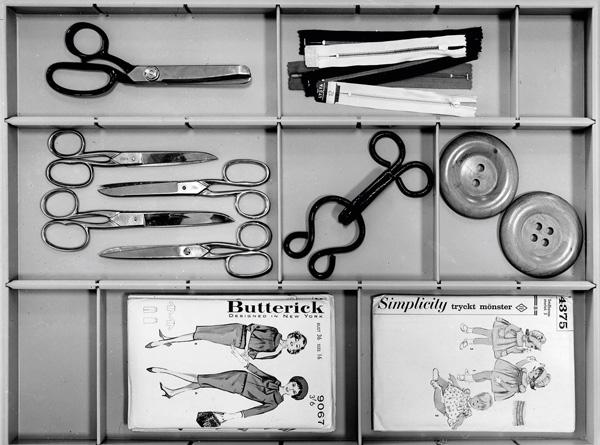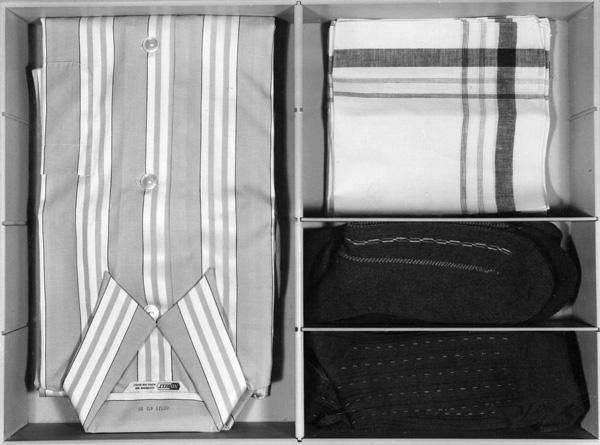Japanese design has had a profound impact on Danish design, from the shape of houses to the furniture inside.
The two cultures have been exchanging ideas for centuries, but the biggest influence came in the 1950s when Japanese architects and designers began to visit Scandinavia. They were impressed by the simple, functional design of Danish homes, and they began to incorporate these elements into their own work.
One of the most visible signs of Japanese influence in Danish design is the use of sliding doors. These doors are not only practical, but they also create a sense of openness and airiness. Another Japanese influence is the use of natural materials, such as wood and bamboo. These materials are not only beautiful, but they are also sustainable.
Japanese design has also had a major impact on Danish furniture. Danish furniture is known for its simple lines and its comfortable feel. These qualities are all thanks to Japanese influence.
The exchange of ideas between Japan and Denmark has been mutually beneficial. Japanese designers have learned from the functionalism of Danish design, while Danish designers have learned from the beauty and simplicity of Japanese design. The result is a new and exciting style of design that is both functional and beautiful.
The Big Clash


Ever since I began to take an interest in aesthetics and interior design years ago, it has gotten under my skin that Japan, for some reason – which I didn’t know at the time – has a strange connection to Scandinavia. The similarities were startling and couldn’t be a coincidence or a mere convergence of values, such as the love of natural materials and craftsmanship. I felt that at some point in history, there must have been some kind of strong direct clash between these cultures that resulted in certain elements of Japanese interior design being adopted into the design of European homes. I was somewhat shocked by the thesis put forward by some researchers that without Japan there would be no modernism, which the world has now admired for over 70 years.
From the 1930s onwards, Japanese architecture and interior design elements such as furniture and accessories began to inspire European architects and came to Europe in successive waves. In the 1950s, the Japanese came to Scandinavia to study art and design at the universities there, which further accelerated the cultural exchange. The breakthrough came in 1955 with the “H55” architecture exhibition in Sweden, which allowed European architects to see an authentic Japanese living space up close. The media reported on it extensively. A special report in an issue of The Times at the time said that the Japanese exhibition pavilion was an example of the common denominator between the traditional Japanese house and the ideal living space that European architects were looking for. A simple and spacious interior that was the opposite of the typical house in Europe. Similar exhibitions presenting Japanese ideas for architecture and interior design were later held in other European countries, including Italy. It was also at this time that the Japanese concept of “everyday art” or “applied art” first entered the mainstream.
In this article, with the help of the invaluable Dr Mirjam Gelfer-Jørgensen and her book “Influences from Japan in Danish Art and Design 1870-2010”, I’d like to take a look at some of the solutions and furnishing elements that – supported by influences from Bauhaus and Danish functionalism – have changed the face of Danish family homes.
Hikite


Let me begin with a small detail. My whole enquiry began with it. Do you remember the beautiful sliding doors on Danish teak sideboards? And the wooden handles with finger grooves on the chests of drawers and cupboards made of teak? Or the now popular handles in vinyl kitchen fronts in the form of small round holes revealing traces of plywood inside? This is precisely an example of the Japanese influence from the 1950s. Japanese metal handles for sliding doors were one of the objects that Gunnar Biilmann Petersen, professor at the Danish Academy of Arts and one of the designers of the cult brand Le Klint, brought from Japan to the Danish Kunstindustrimuseum in the 1960s. He was one of those Danish designers in whose works one can unconsciously sense the Japanese aesthetic.
The ‘Boligens Byggeskabe’ cabinet systems by the duo Børge Mogensen and Grethe Meyer are living inspirations from Japan. The brass handles and sliding doors are basically no different from the traditional Japanese Hikite and Fusuma cabinets, except perhaps for the material used in the latter. The ‘Boligens Byggeskabe’ system should be as spacious as possible – to hide not only clothes and bedding but also books and records. It should also be flexible enough to adapt to any interior. The associations with contemporary IKEA systems such as Pax or Bestå, which are based more or less directly on the work of Scandinavian designers, are evident here.


Details such as handles or even sliding doors are just the tip of the iceberg. Under the influence of Japanese inspiration, the shape of Danish houses changed completely. The entrance to the house became very modest, almost invisible. The house was closed off from the street and the garden – now an integral part of the building – was moved to the back of the house. The building itself, in turn, was given an L-shape.
Thanks to this solution and the large glass windows, the greenery could be admired from several rooms. Moreover, this shape of the house protected both the garden and the residents from the wind. Danish architects such as Halldor Gunnloegs and Erik Christian Sørensens tested these solutions on their own houses. Another element of house construction that directly referred to Japanese tradition was wooden verandas (engawa) that ran the entire length of the buildings.
Open Space




The Japanese influences have also changed the character of the rooms, making them more open. Just like in traditional Japanese houses, the space could be freely designed by means of partitions, sliding doors or screens.
One of the most famous (and still available for purchase!) is the screen designed by Poul Kjærholm in 1956. The interiors were also the first to use exposed structural timber and typically Japanese materials: bamboo and paper.
Interior Design


Under the influence of the same wave of Japonism, multi-piece sofas were replaced by chairs. Many of them, like the cult models by Fritz Hansen, are still popular. The legs of coffee tables were also shortened considerably, although no one in Europe has yet decided to sit on the floor (I’ve!).
However, we ourselves know very well how much they have grown into our culture. Simple benches appeared under the walls, and the asymmetry beloved of Zen Buddhism, symbolising “infinite incompleteness”, made its way into interiors. All these elements were followed by Japanese-inspired accessories such as ceramics, kitchen accessories and fabrics. But this story is so rich (and still so relevant!) that more than one article needs to be dedicated to it.















































